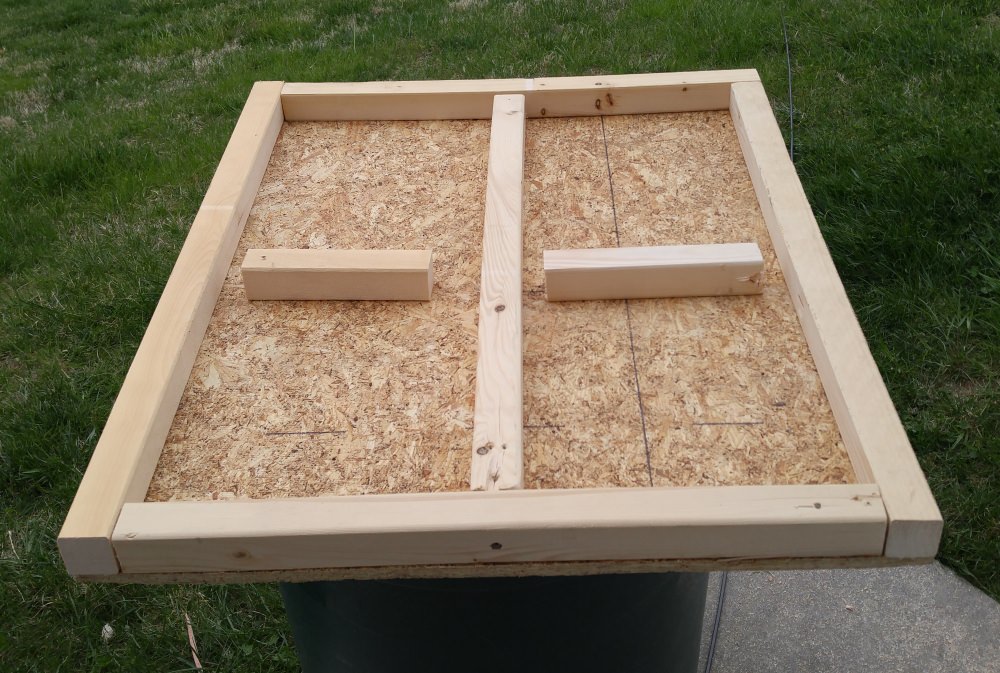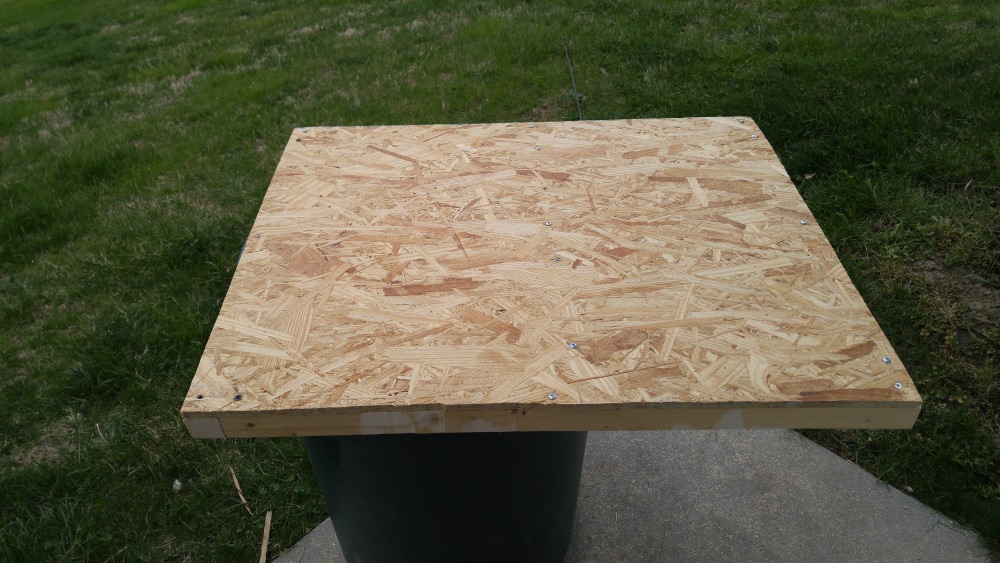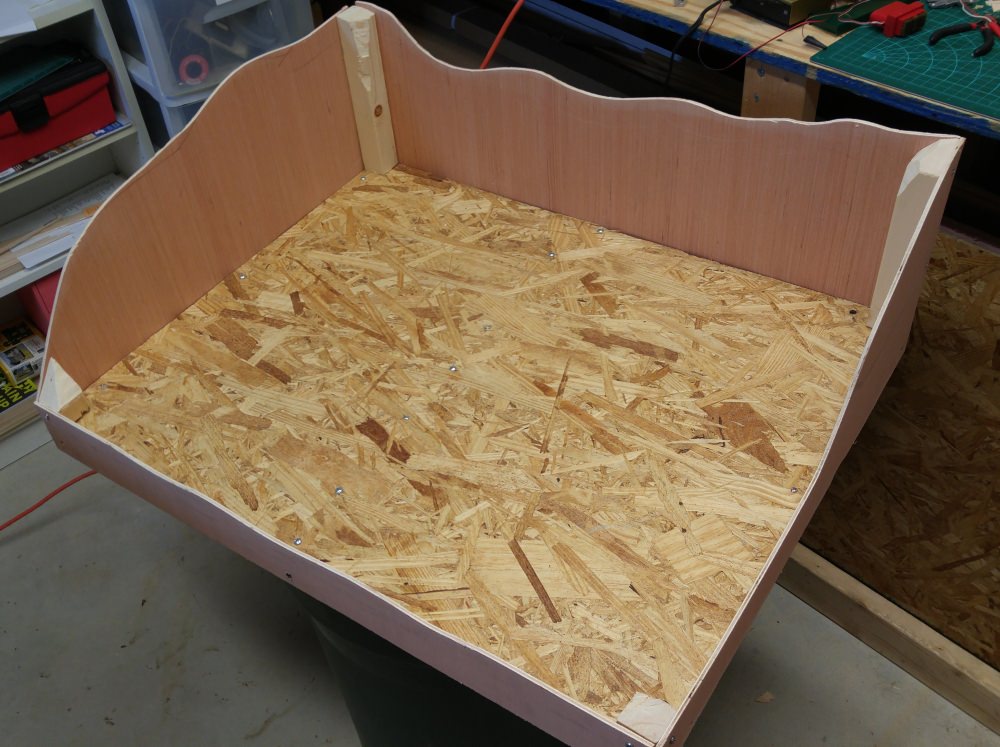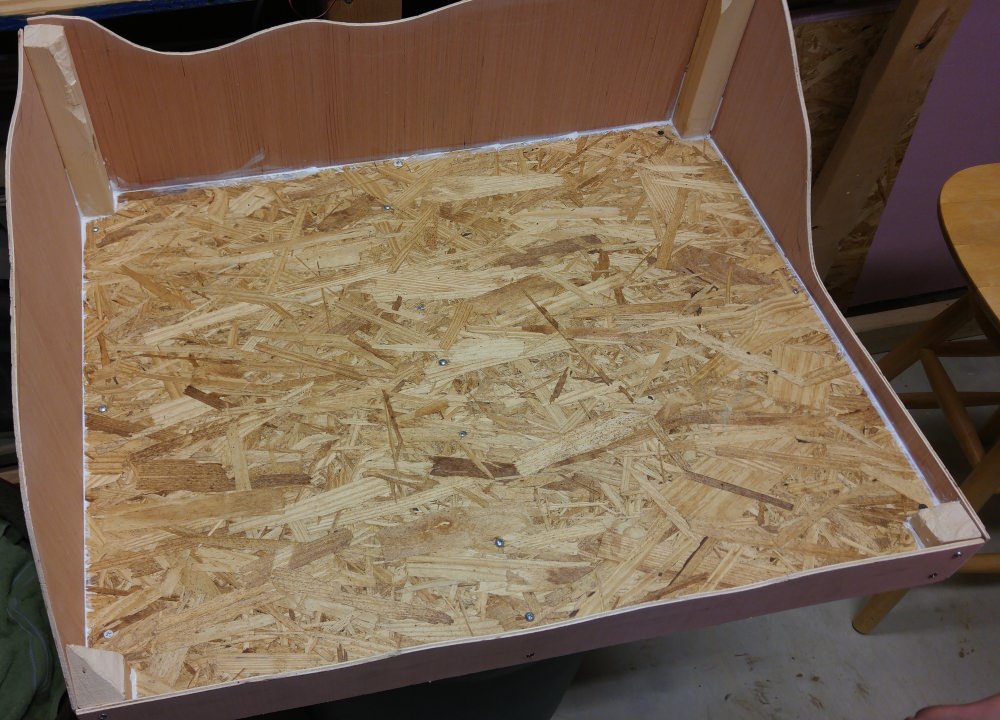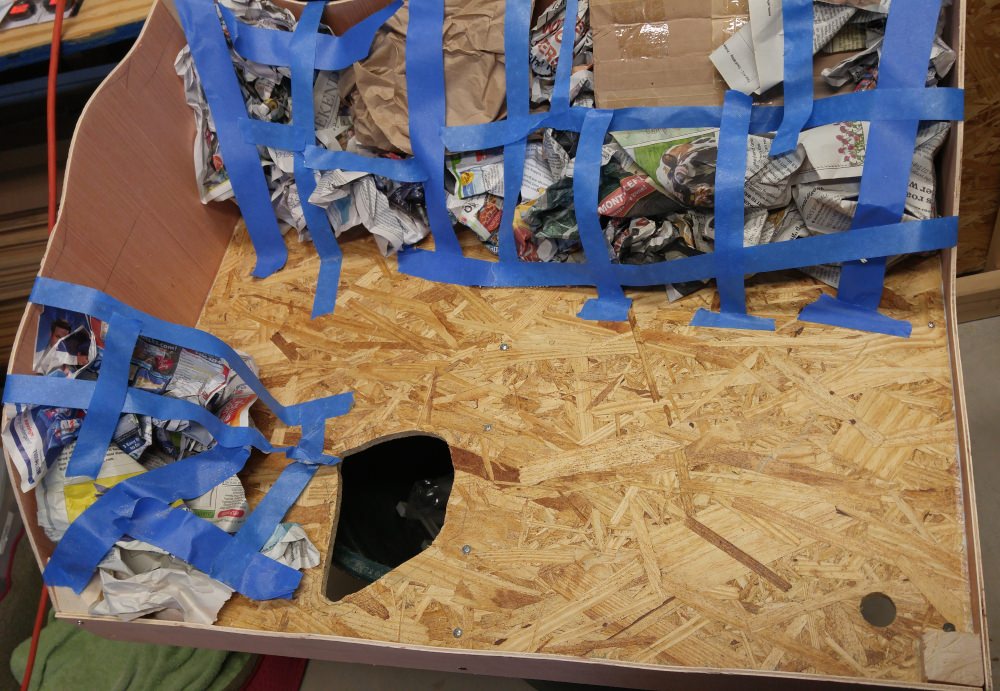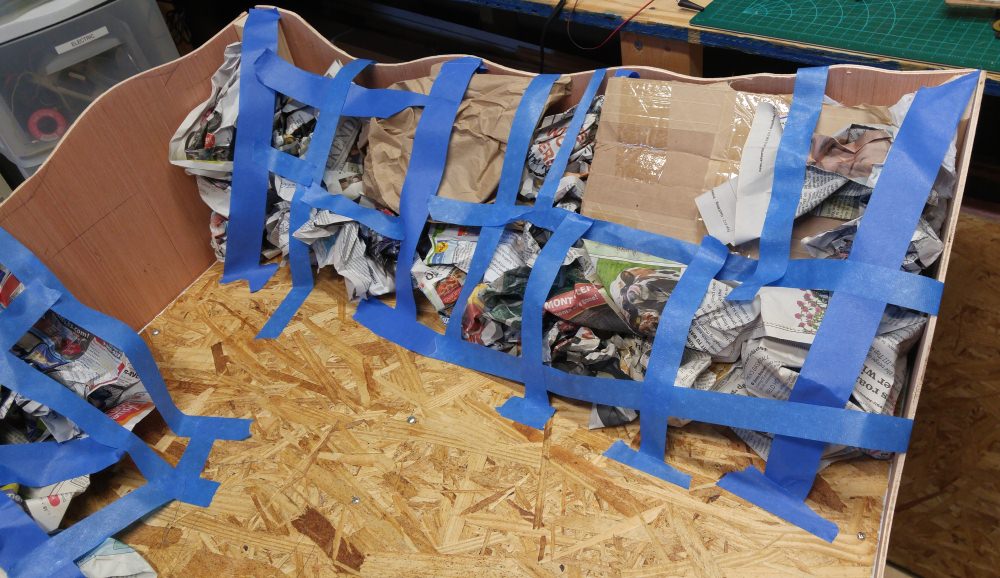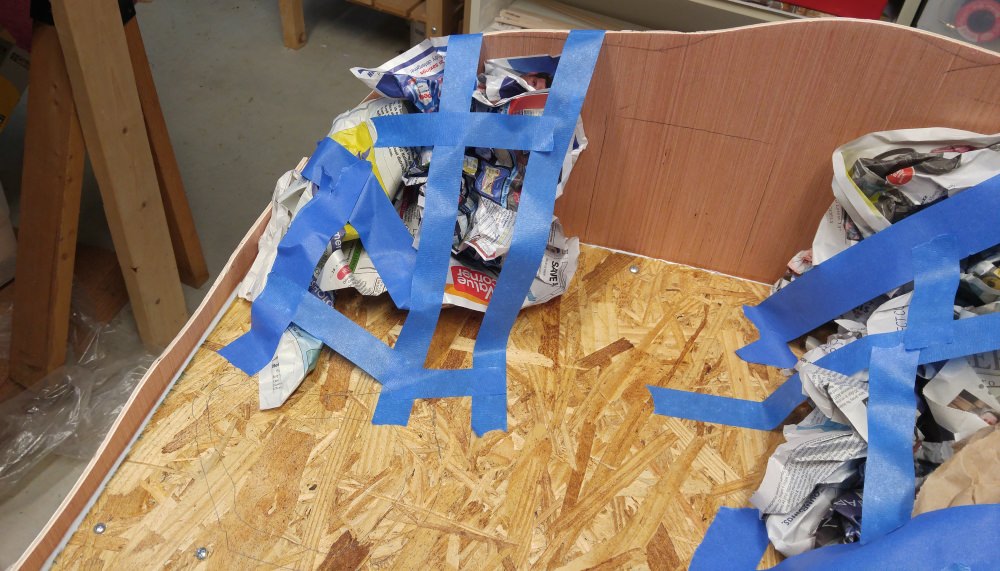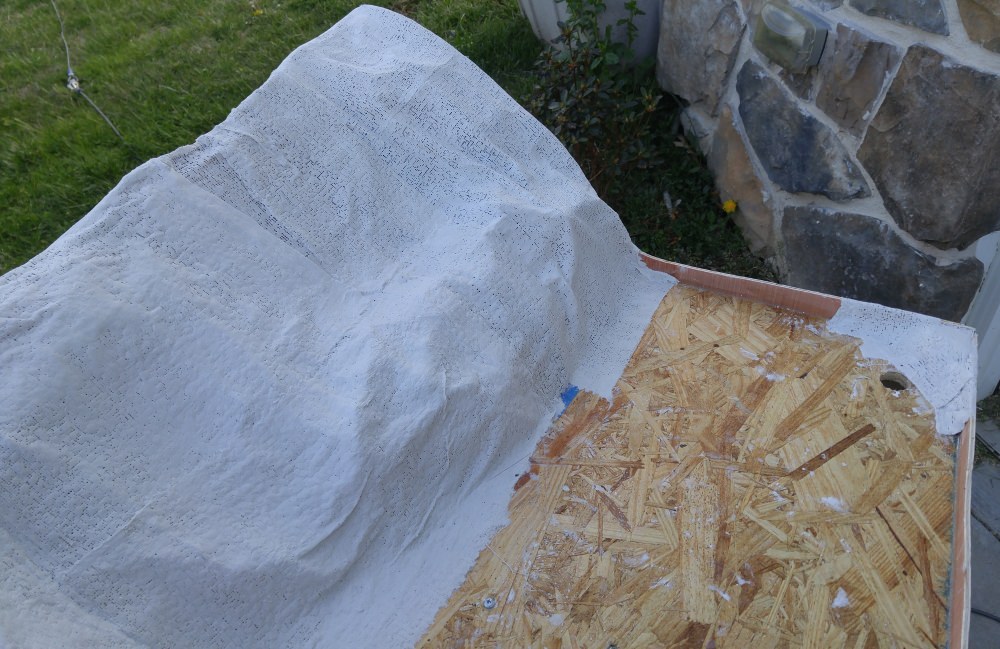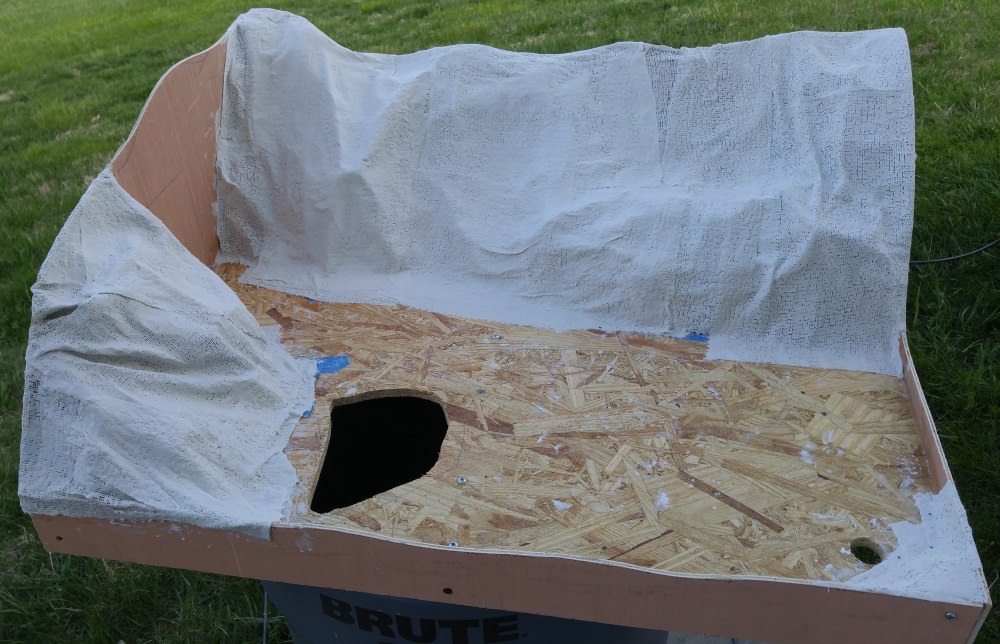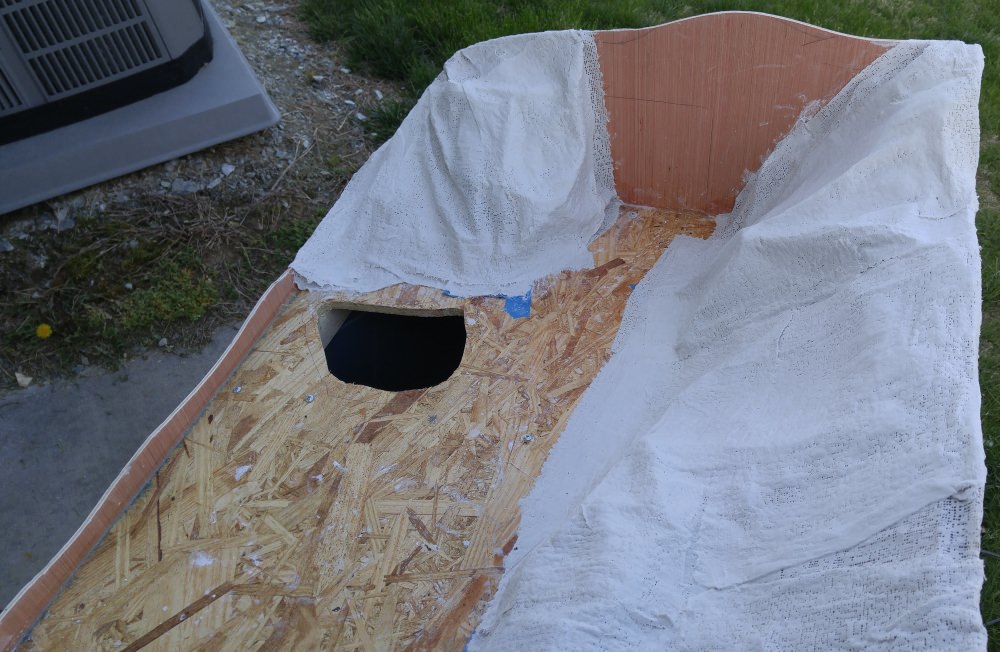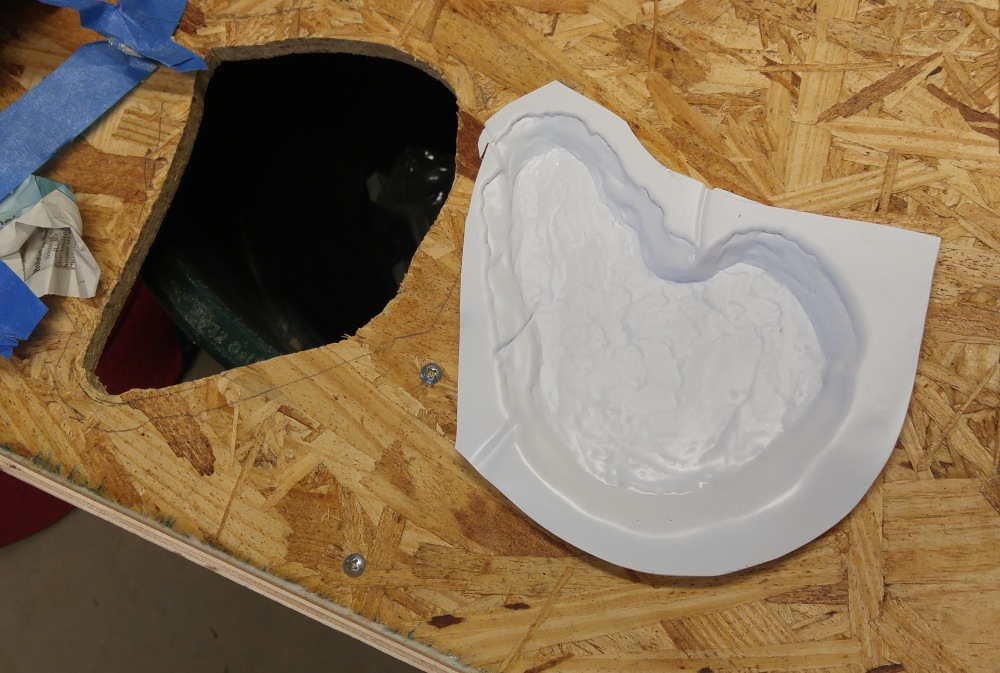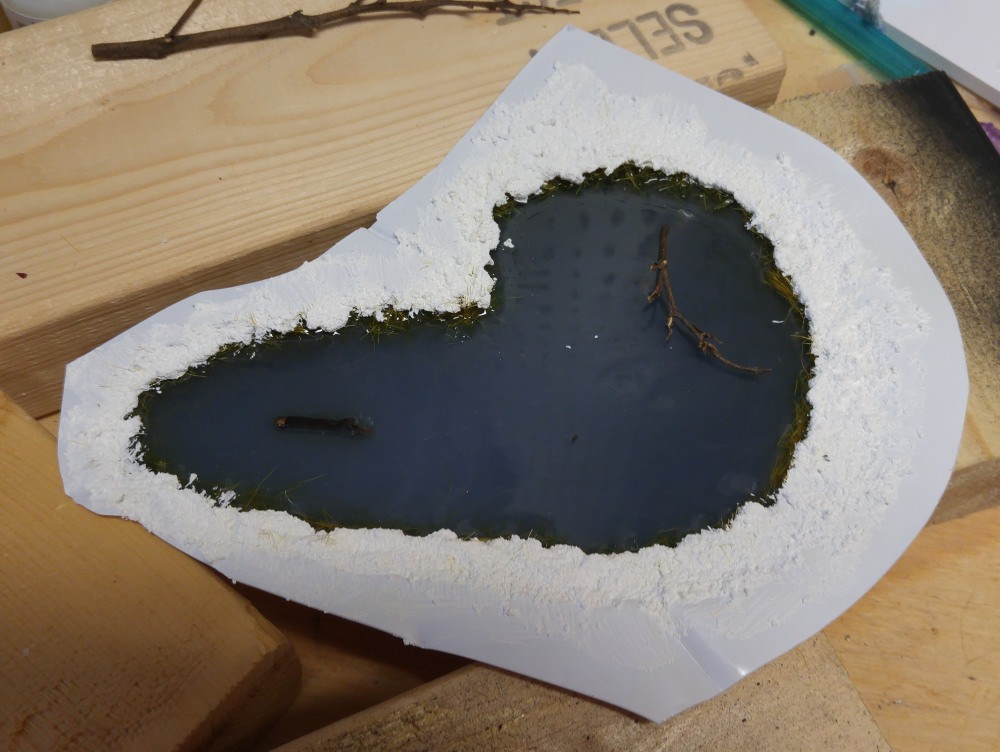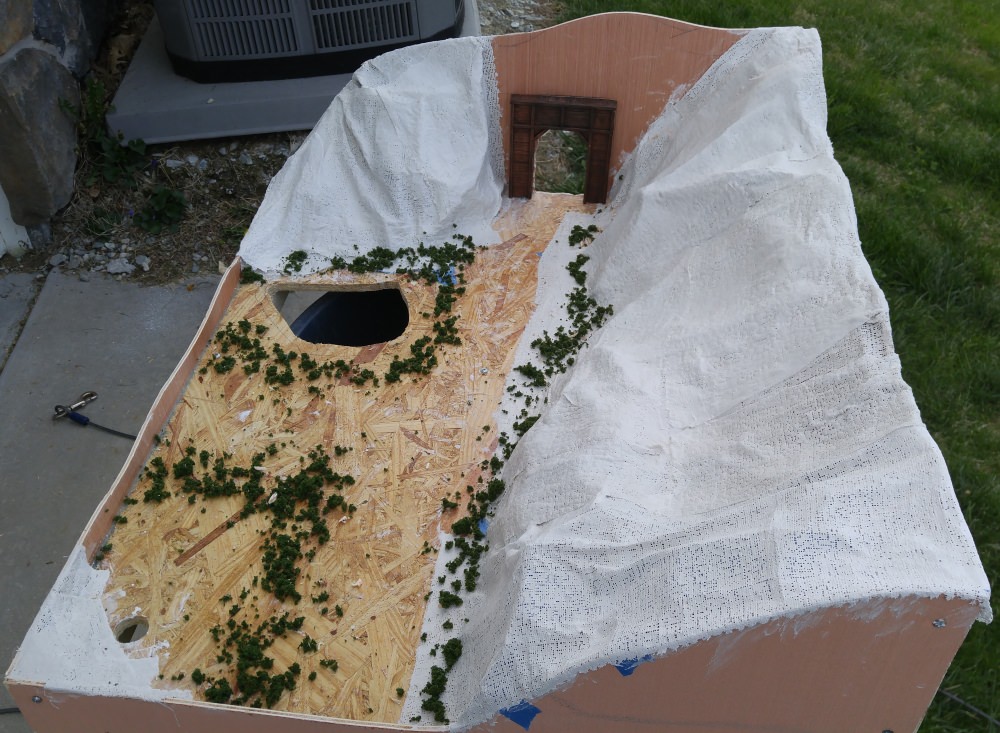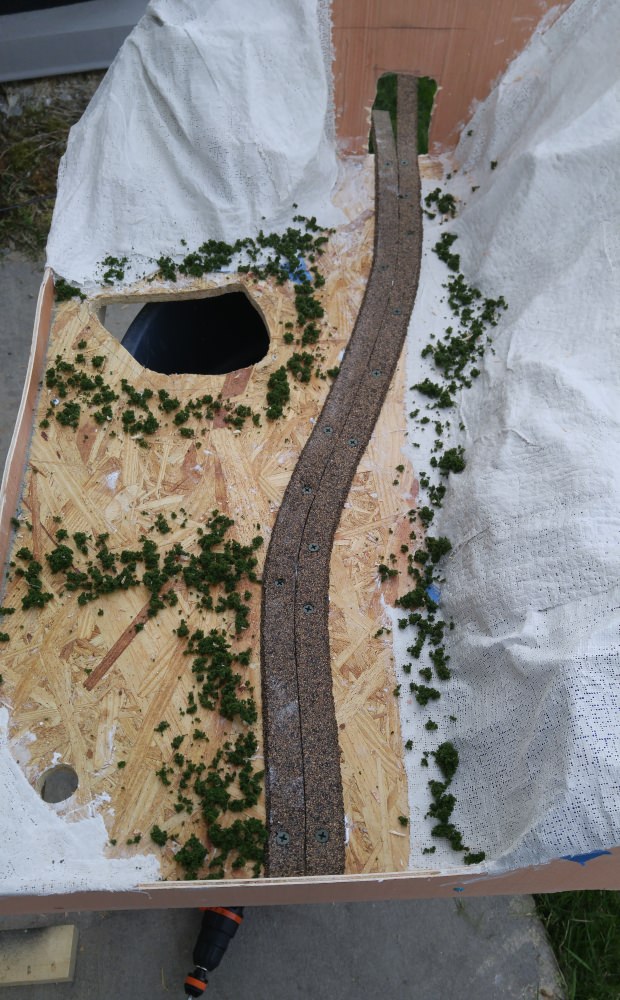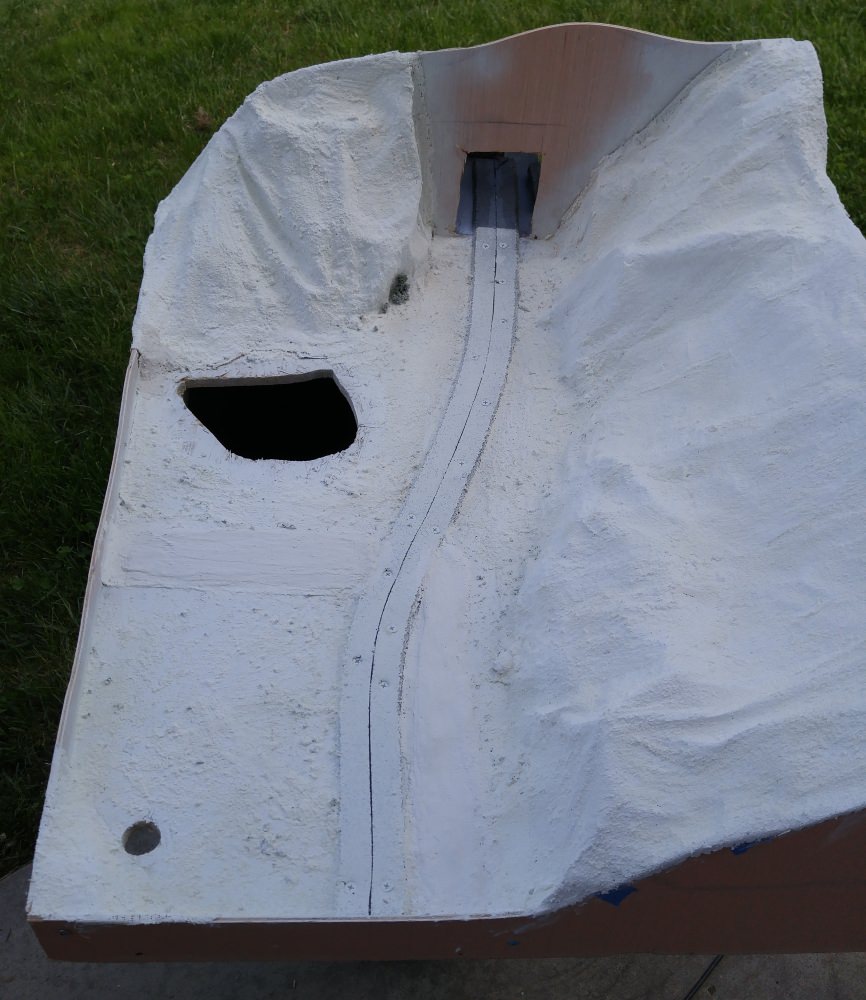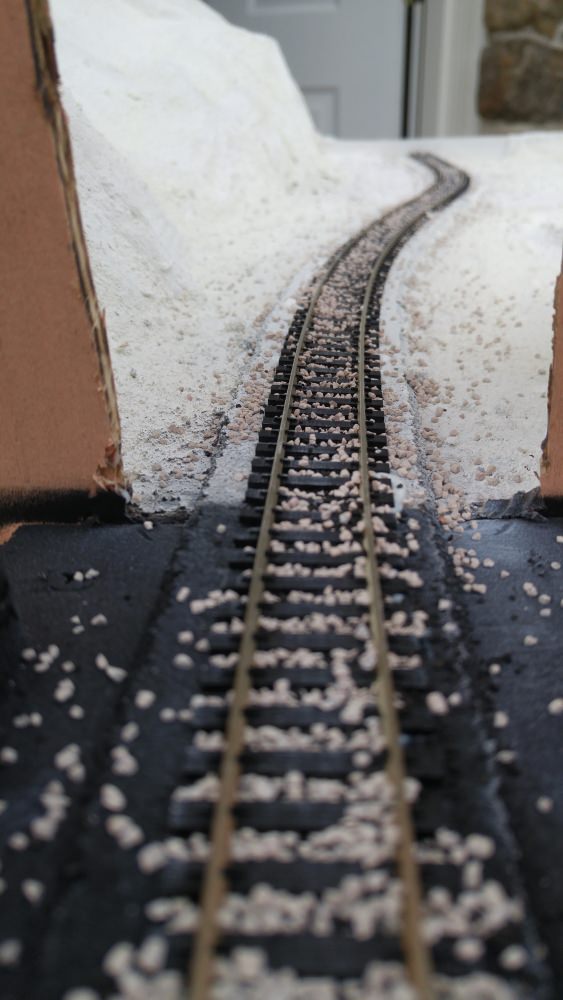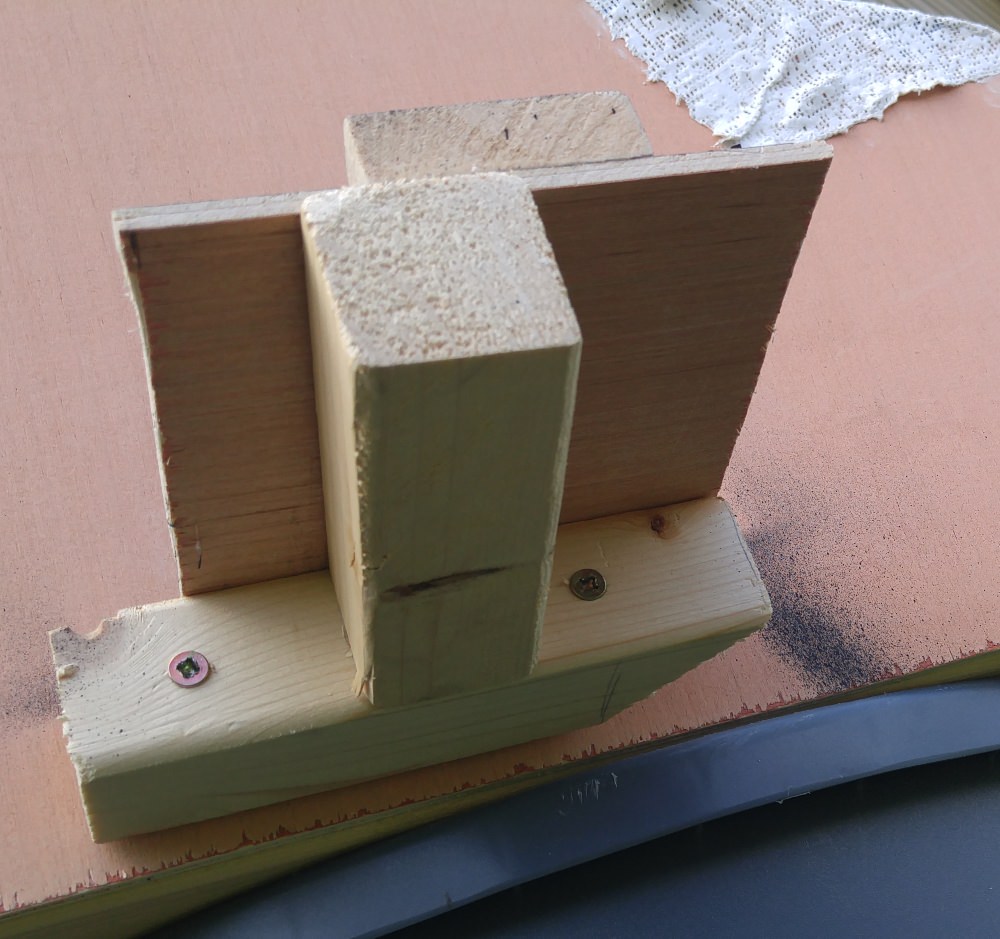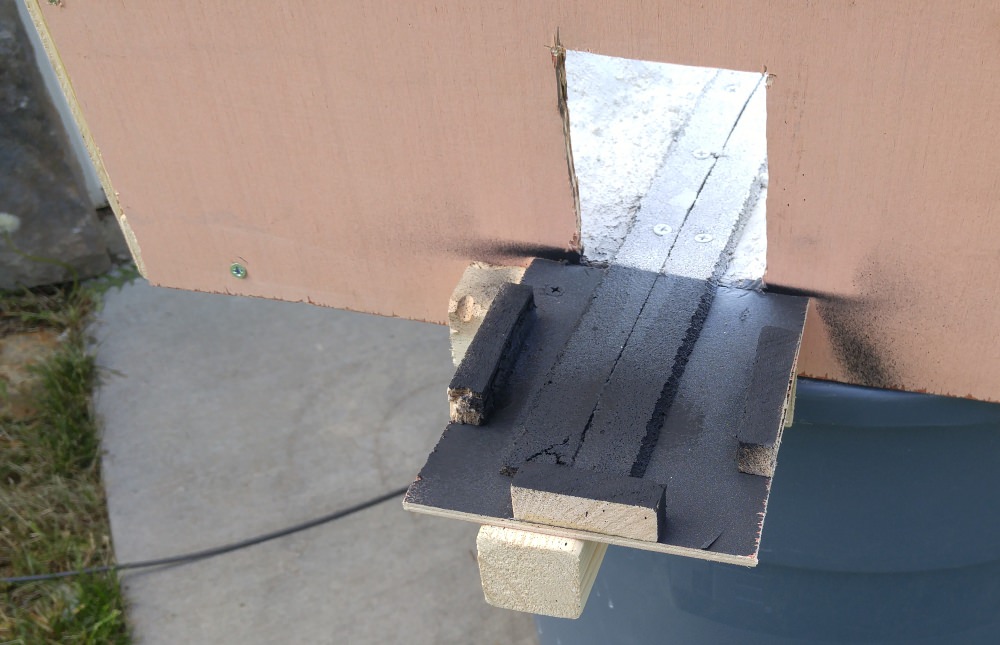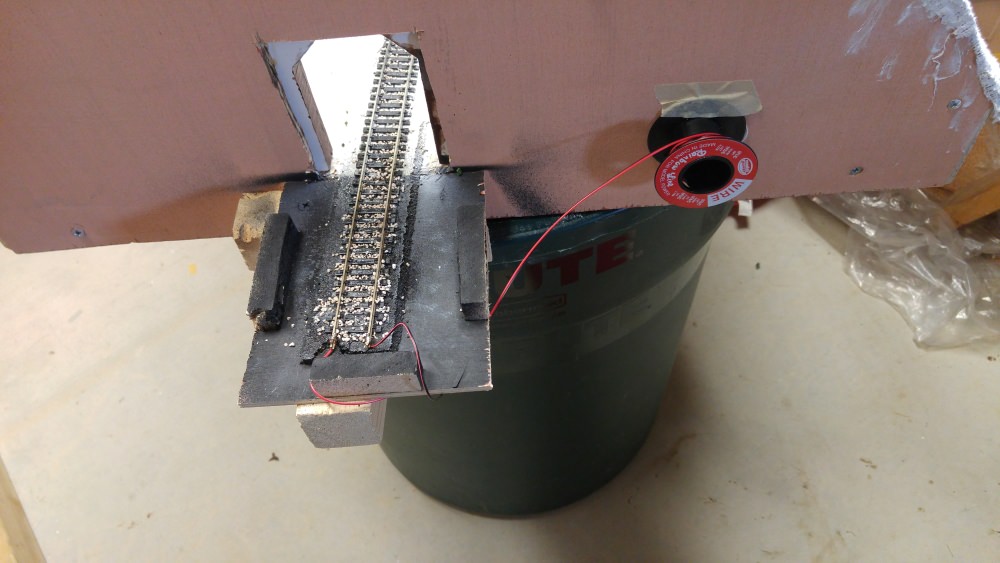Railrunner130
Well-Known Member
About a year ago, I decided to build a winter diorama. The purpose was to come up with something I could use to serve as a backdrop for my growing collection of buildings. I decided that this particular module would be winter themed because I wanted to be able to showcase some track clearing equipment I had purchased. I wanted something a bit different, the likes of which you just don’t see on a model railroad layout. (I’m going to get bombarded with photos of winter layouts now!) It’s ok. That’d be cool. No pun intended. The module took me about two months to do. For the record, my permanent layout is still years away from being started, as the kids have that part of the basement cluttered with toys. This took so long to post because my dutiful, four legged assistant got sick and passed. And of course, the Photobucket debacle.
I was inspired to build this diorama by a photo posted by Jim O’Conner (HOexplorer). This particular diorama was Z-scale and intended for a customer. http://www.modelrailroadforums.com/...ing-the-Pinacle-Creek-Mining-amp-Timber-Co-RR Page 419, post 4186. I had been thinking of a winter diorama for a while, but hadn’t applied much brain power towards the subject. When I saw the photos Jim posted, everything clicked. Vision realized, I decided on some ground rules.
1. Use as much existing supplies as I could. I actually made it about ¾ of the way through before I had to buy anything.
2. The purpose was to try some things and apply what I’ve learned over the last few years. Win, lose or draw.
3. There should be adequate space to photograph at many angles.
4. There should be space for buildings and trains to be photographed.
5. The diorama needed to be portable, since outdoor lighting looks best.
6. The diorama would be a winter scene. This meant that the back had to be high enough to block my neighbors’ trees.
7. There should be some flexibility. Trees didn’t need to be permanently installed and the snow levels adjusted.
In the spirit of Jim's original thread I decided to document the whole thing.
I was inspired to build this diorama by a photo posted by Jim O’Conner (HOexplorer). This particular diorama was Z-scale and intended for a customer. http://www.modelrailroadforums.com/...ing-the-Pinacle-Creek-Mining-amp-Timber-Co-RR Page 419, post 4186. I had been thinking of a winter diorama for a while, but hadn’t applied much brain power towards the subject. When I saw the photos Jim posted, everything clicked. Vision realized, I decided on some ground rules.
1. Use as much existing supplies as I could. I actually made it about ¾ of the way through before I had to buy anything.
2. The purpose was to try some things and apply what I’ve learned over the last few years. Win, lose or draw.
3. There should be adequate space to photograph at many angles.
4. There should be space for buildings and trains to be photographed.
5. The diorama needed to be portable, since outdoor lighting looks best.
6. The diorama would be a winter scene. This meant that the back had to be high enough to block my neighbors’ trees.
7. There should be some flexibility. Trees didn’t need to be permanently installed and the snow levels adjusted.
In the spirit of Jim's original thread I decided to document the whole thing.
Last edited by a moderator:

